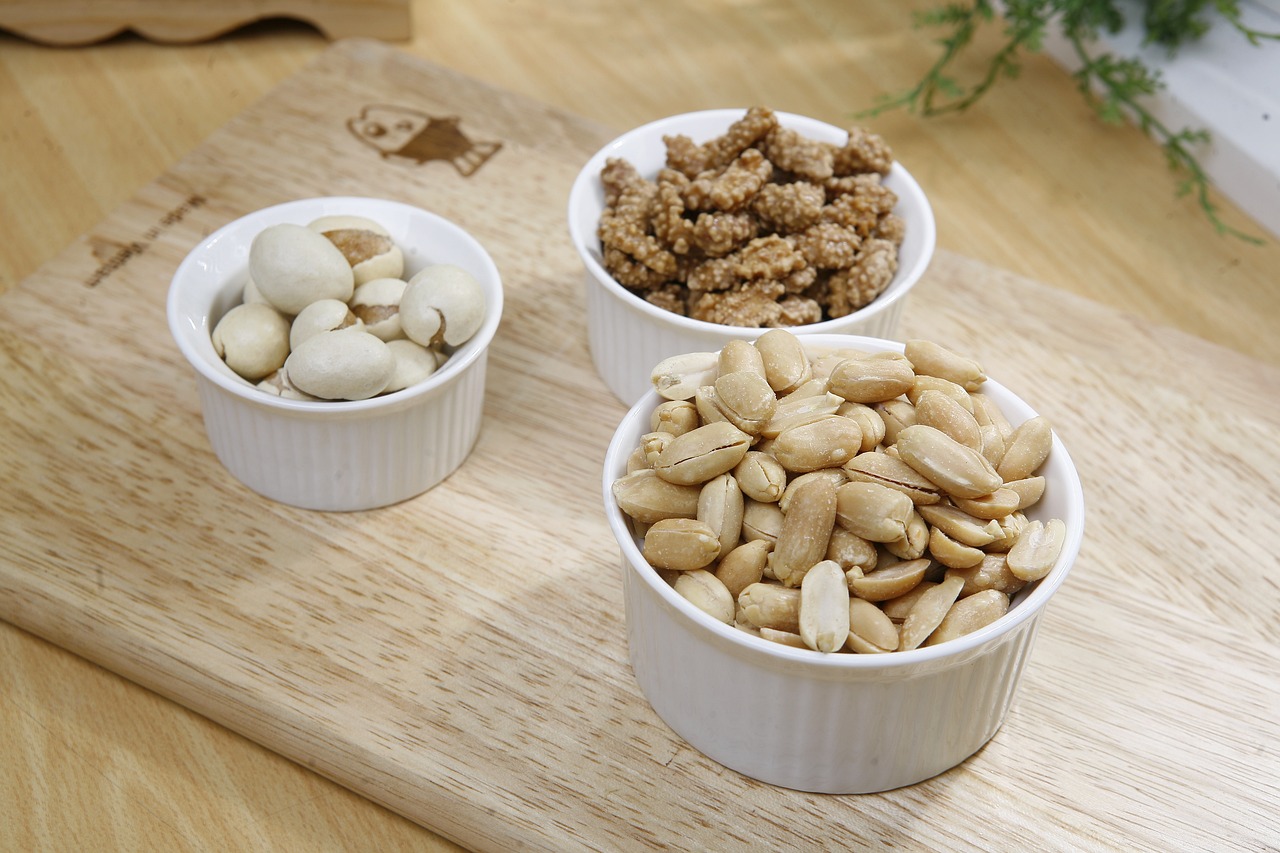It is important to be aware of treatment with blood thinners as, for example, a fall accident can cause internal bleeding.
This article is written from a Swedish perspective. Hopefully, it may be of interest to those from other countries.
Many elderly people receive treatment with blood-thinning drugs such as Waran, Fragmin, and Eloquis to prevent the risk of blood clots. In connection with, for example, fall accidents, it is important to keep track of the treatment. Internal bleeding, for instance, in connection with fall accidents, can quickly lead to acute symptoms. Therefore, it is important that everyone at the nursing home is aware of the medication and the risk of complications.
 Foto: Mostphotos
Foto: MostphotosTreatment with blood thinning drugs
Blood thinners are medications that work as clot prevention. Usually, Eloquis, Fragmin or Waran are used, but other treatments are also available. Blood thinners are used, for example, for patients with atrial fibrillation to prevent blood clots primarily in the brain and to prevent other blood clots in the arteries and to prevent the worsening of a heart attack. It is also used to prevent venous clots such as deep vein thrombosis (DVT) and pulmonary embolism.
Treatment with blood thinners (anticoagulants) carries risks. It increases the risk of bleeding, for example, in connection with fall injuries in the care of elderly people in homes and in home care. It can also be important for dental hygienists and dentists to be aware of this. The treatment prevents the blood from clotting, which means that it can take longer for the bleeding to stop.
Temporary treatment or long-term treatment
The drugs are often introduced temporarily after surgeries but can also be given temporarily in connection with the management of venous catheters. A common reason for long-term treatment is often an increased risk of clot formation. It could be, for example, the heart pumping unevenly. The treatment reduces the risk of, for example, stroke and heart attack.
The drug that poses the most risks in the care of the elderly is Waran®. At the same time, it is very effective for those who really need it. It is important that the person taking it gets the exact right dose. To make sure the effect on the blood is correct, the resident needs to take regular tests and the dose is often adjusted for a week or two at a time.
There are other drugs used, for example, Fragmin® or Innohepin injections®, Eloquis® or Trombyl®. Being aware of increased bleeding risk may be important, for example, in connection with fall injuries. Especially if the head has been hit. Similarly, the resident may get nosebleeds or blood in urine or feces. Some people being treated also get large bruises on the skin. This may need to be reported to the nurse so that the treatment can be followed up correctly.
Contact a nurse
The risk of bleeding can increase further if the person taking anticoagulants also takes certain herbal medicines but also over-the-counter drugs like Ibuprofen® and Naproxen®. There are also risks with the resident not taking their medication. Therefore, the nurse needs to be contacted if the resident vomits or for other reasons doesn't take their medication.
Reflection questions - blood thinners
Care staff:
- Do you receive information about which residents are being treated with blood thinning drugs?
- Do you have residents who often get nosebleeds, bruises or other signs of increased tendency to bleed?
Manager, nurse, occupational therapist, and physiotherapist:
- Are there other situations where this type of treatment may be important to be aware of?
- Are the nurses who work on-call aware of treatment with anticoagulants in an emergency situation during a fall accident?
- Are there functioning routines for PK testing with Waran treatment?
Residents and relatives:
- Have you or have you received treatment with blood thinning drugs at any time?
- Did you receive good information in connection with the treatment?
Erland Olsson
Specialist Nurse
Sofrosyne
Quality in Elder Care

Aktuellt i media
-
2025-04-14 04:00
08 Förebyggande o lokaler
The art of furnishing a nursing home, a balancing act between homeliness, functionality, and hygiene aspects.
info -
2025-04-10 04:00
04 Bemötande
Waking up in a nursing home - is the morning routine adapted to each individual's needs?
info Bild: Pixabay
Bild: Pixabay -
2025-04-07 04:00
09 Mat och måltid
For the elderly, it is often important to eat many snacks in order to get enough nutrition.
info Bild: Pixabay
Bild: Pixabay -
2025-04-03 04:00
04 Bemötande
What creates safety in elderly care homes - advice and tips on creating a secure environment for the residents
info -
2025-04-01 00:00
10 Aktivitet o funktionsbevarande arbetssätt
Reminiscing, working with memories, is an activity that creates a lot of added value for people with dementia.
info - 2025-03-31 04:00 05 Planering

